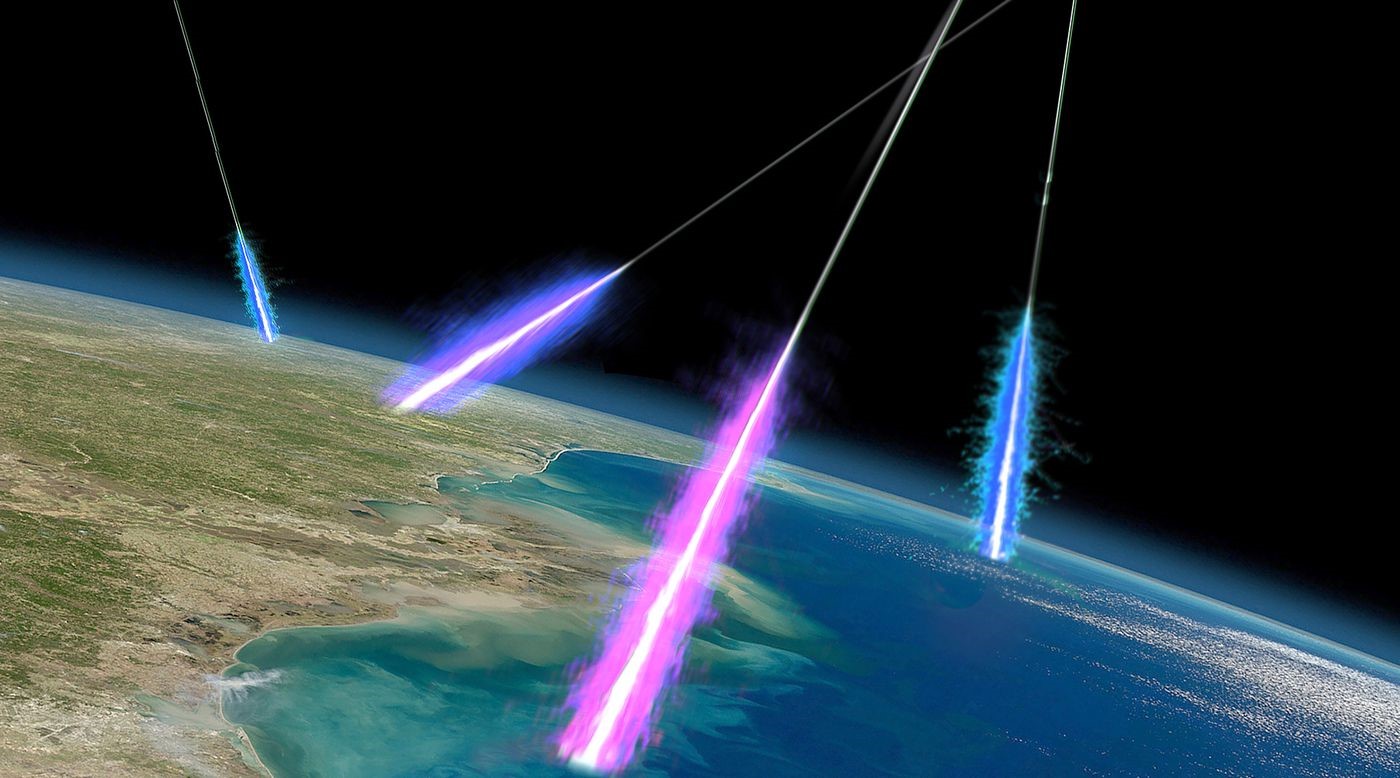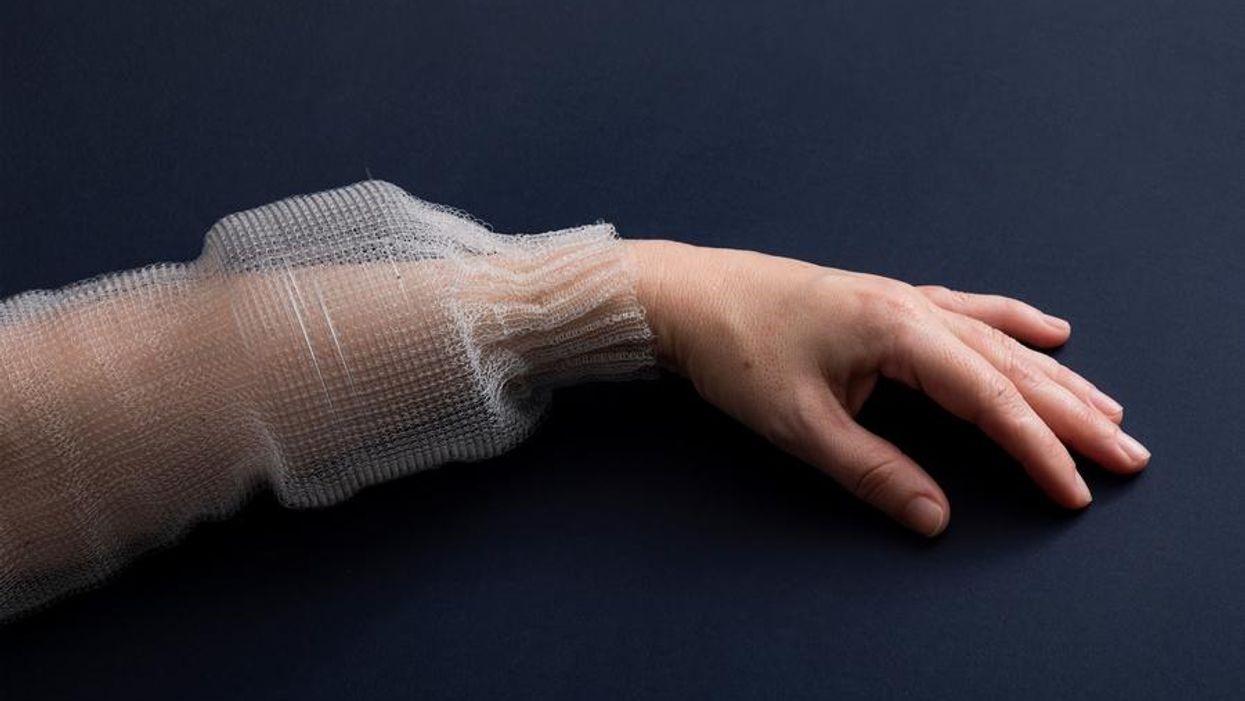
If your computer crash, it might have been a cosmic ray
Every second, 100,000 particles called cosmic rays traveling near the speed of light strike each square meter of Earth's atmosphere, triggering cascades of charged particles that rain down on the surface. Only about eight particles per square meter get through to the surface
When these particles strike microchip transistors, they can cause glitches and even trigger computer crashes. Such particle collisions are more likely to occur at higher altitudes.
Engineers expect cosmic rays to become more of a concern for chip designers and users.
The cosmically charged particles hit just about everything, occasionally, transistors in your computer, tablet, smartphone, or other device. When this latter event occurs, the speeding particle can “flip” bits of data stored in memory, triggering a minor software glitch or even a system crash in rarer circumstances. These “soft errors”, as they are called, don’t do any lasting hardware damage, but they may necessitate a reboot to correct.
Altitude is by far the greatest factor. While a computer kept deep underground might experience no soft errors at all, one on a plane might experience anywhere from 10 to 300 times more depending upon the aircraft’s location on Earth.
Most of NASA’s space operations now utilize computers with radiation hardened computer chips that contain transistors that are far harder for cosmic rays to flip, with an unfortunate downside of operating more slowly.
For the rest of us, the answer to mitigating the risk of cosmic rays to our computers is the same tried and true strategy that’s been around for decades: Frequently save whatever you’re working on.
 English
English Arabic
Arabic

